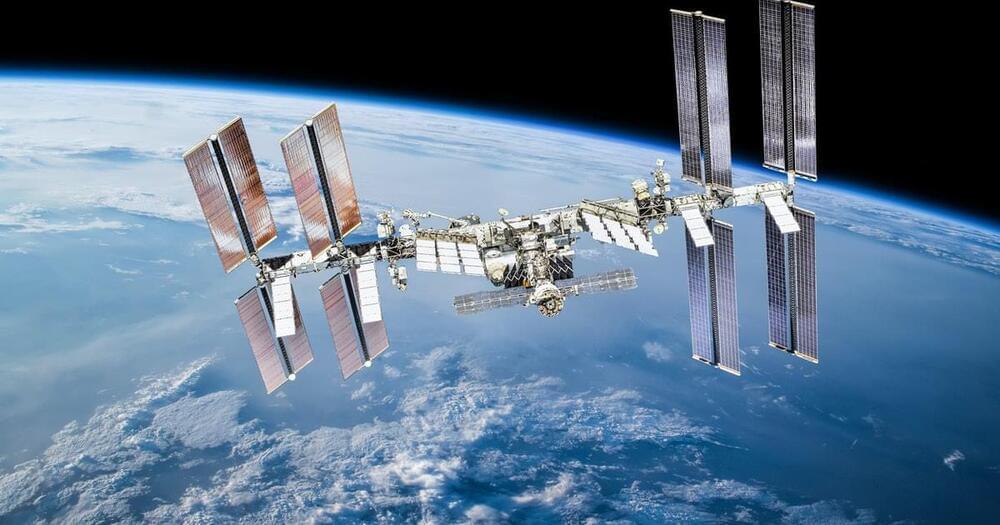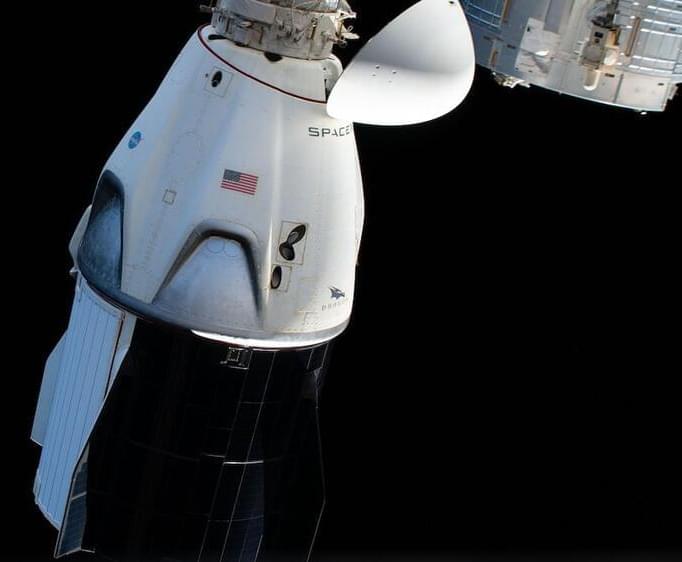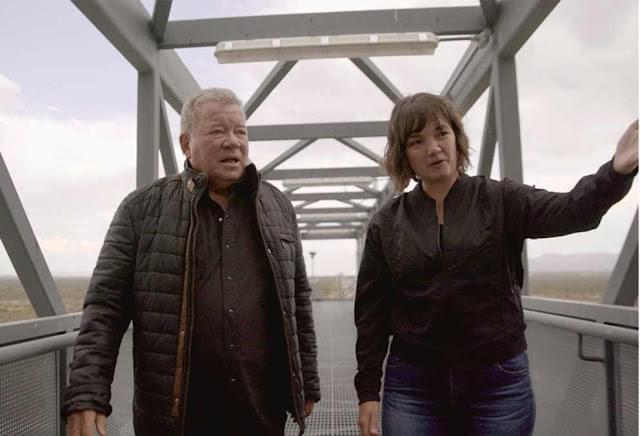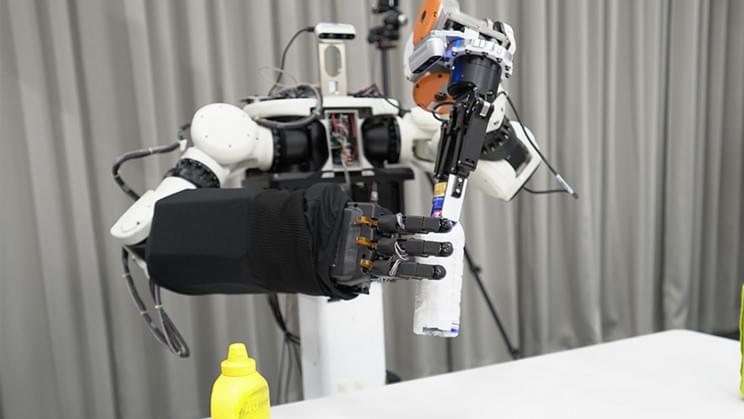Not all private space players make as much noise as Musk, Bezos, and Branson.
It may get less coverage than SpaceX and Virgin Galactic, but Space Adventures has helped a huge number of people get to space.


SpaceX is about to double the size of its fleet of Crew Dragon spaceships. The company is debuting a new spacecraft for a NASA launch later this month, and is building a fourth human-rated capsule that should be ready for flight early next year, a SpaceX official said Wednesday.
Sarah Walker, director of SpaceX’s Dragon mission management office, confirmed Wednesday the company is readying a fourth Crew Dragon spacecraft for an inaugural flight next year. SpaceX and NASA officials previously announced that the next NASA crew mission, known as Crew-3, scheduled for liftoff Oct. 30 will use a new vehicle.
“It’s really exciting to introduce another Crew Dragon to our fleet to support our human spaceflight manifest,” Walker said. “We’ve got another one in the production line now. It should be ready in the spring to support more human spaceflight missions.”
A versatile robot inspired by birds can walk, balance on a slackline, skateboard and even fly – a mix of skills that could be useful for monitoring power lines or space exploration.

When it surfaced two months ago, the notion of Teslas whizzing through underground tunnels between San Antonio International Airport and downtown seemed fanciful.
Now, there’s a sign the idea may have gained some traction.
The Boring Co., a tunneling firm backed by billionaire Elon Musk, has been talking to local leaders about building an underground transportation loop in San Antonio. Musk is the CEO of electric-vehicle maker Tesla, as well as the founder and CEO of SpaceX.

Starship, SpaceX’s under-development rocket, braved the elements during an impressive lightning display.
Elon Musk’s robotic humanoid the Tesla Bot was recently revealed at AI day, how will this help with the SpaceX mission to colonize Mars? Let’s review all of the news and updates around the Tesla Bot, and how it will help with the SpaceX mission to colonize Mars.
Last Video: How SpaceX and NASA Plan To Colonize The Moon!
https://youtu.be/ONWQbcPNYFs.
Subscribe: https://www.youtube.com/channel/UCJjA…
SpaceX News and Updates: https://www.youtube.com/playlist?list=PLBfN0491sF0QGbrNimSIWKYeyQ7JjENhE
NASA News and Updates:
Blue Origin News and Updates:
Head to https://www.wren.co/start/techspace for more informations!
Credit:
Thumbail:
Neopork: https://twitter.com/Neopork85
Video Credit:
IamVisuals: https://bit.ly/35Z3POh.
SpaceXVision: https://bit.ly/3xWTpeb.
DeepSpaceCourier: https://bit.ly/3y0hTmS
C-Bass Productions: https://bit.ly/35Z25F0
HazeGrayArt: https://bit.ly/3hcfgHM
Jochem Laurenssen: https://bit.ly/3vVIJuU
TijnM: https://bit.ly/3x2IWxK
AlexanderSvan: https://bit.ly/3djK9J4
NickHenning3D: https://bit.ly/36bsSy1
EvanKaren: https://bit.ly/3h1gmqV
NasaSpaceFlight: https://bit.ly/2TKU2sL
Kimitalvitie: https://twitter.com/kimitalvitie.
Neopork: https://twitter.com/Neopork85
AlexanderSvan: https://bit.ly/3jmOD3P
RGV Aerial Photography: https://bit.ly/37n1duw.
StarshipGazer: https://twitter.com/StarshipGazer.
Ocean Cam: https://twitter.com/obetraveller.
LabPadre: https://twitter.com/LabPadre.
Spadre: https://twitter.com/SpacePadreIsle.
3Ddaniel: https://twitter.com/3DDaniel1
StarshipBocaChica: https://www.youtube.com/channel/UCBfh…
SpaceX is building the most powerful spacecraft ever with the Starship. When completed, clients are waiting to put it to different uses as it is a very versatile spacecraft and this is because SpaceX is making it to be 100 percent reusable. However, for SpaceX, the Starship is its vehicle to explore the unknown parts of the solar system.
How is SpaceX making sure the Starship is fit for the long journeys the spacecraft is destined for?
Join us as we examine SpaceX’s insane plan to travel all over the Solar system!
When the Starship is ready, SpaceX would have the most powerful spacecraft in its hands. When the upper stage, the Ship, and the lower stage, the Super Heavy, are stacked together, the Starship will stand an impressive 120 meters tall, with a diameter of nine meters and total payload to lower earth orbit of over 100 tons.
The booster is the Super Heavy, a colossal steel structure that is 70 meters tall. It will lift a gross mass of over 3 million kg by producing a thrust of 72 MN. The booster relies on 32 Raptor engines that SpaceX is designing in-house. The rocket engines will use propellants made of sub-cooled liquid methane and liquid oxygen, of which the booster can store 3,400 tons.
SpaceX designed reusability into the Super Heavy so it can be used for multiple mission launches. The booster was to return to earth and land on its six legs but to reduce costs and turn around time, SpaceX ditched the legs, instead, coming up with the radical idea of catching the Super Heavy with a pair of arms, known as the Mechazilla, on the launch tower. It will be aided on its return journey by a system of four grid fins.
The upper stage or the Ship is the part of the Starship that will go to and return from space. It is a 50 meters tall spacecraft that can carry both cargo and passengers to earth’s orbit and beyond. It will rely on six Raptor engines both for propulsion and landing since it is also completely reusable.
The Ship also uses methane and oxygen propellants, of which it can store 1,200 tons, but it has an ingenious proposed method of getting more fuel when out there in space, as we shall see later.
While the Ship will also be caught by the Mechazilla, on its return to earth, SpaceX is retaining the legs so that it can land on other planets or the moon where there is no Mechazilla.
Out of the 50-meter height of the Ship, 18 meters of it will be available to configure either for cargo or passenger transport, making it the largest usable payload volume of any current or in-development launcher.
If you ever wonder what I like to do when not making these videos, I like taking road trips. I also look forward to taking flights to see my folks and reconnect with my roots. Sometimes, I hang out with friends over a few chilled beers. I felt I was just having fun, until a pal hooked me up to Wren, which helped me to see how much my fun activities were adding carbon emissions to the air.
It was easy to calculate my carbon footprint on Wren website because I just answered some questions about the stuff I do and it calculated how much I am costing the environment in dollars!
However, Wren gave me a chance to offset my environmental debit by donating the amount to projects that plant trees and protect rainforests around the world!
You can make the contribution a monthly thing and you will get updates from Wren on the projects you support.
You can sign up today and start learning and compensating. If you sign up with my referral link in the video description, you will be supporting 5 extra acres of rainforest! So hurry and let’s save our planet, our only home!
The Starship is not a product that will struggle for business as many people are waiting on it.
One of its most prominent suitors is NASA, which is confident enough to put 2.9 billion dollars into its development.

Creating next-gen technology to supercharge the second space race.
Honda has recently released their plans to build eVTOLs, robots, and even potentially help colonize the moon. All very noble and ambitious plans, but those, Honda says, that are being put in place to help solve issues beyond just transportation.

NASA marked a significant milestone Sept. 30 in its plans for future missions to the Moon and, eventually, Mars with completion of an RS-25 single-engine Retrofit-2 test series at Stennis Space Center near Bay St. Louis, Mississippi.
BepiColombo will complete its first of six Mercury flybys on October 1st. Some cameras will be operating so we’ll get some images. Some science, too.